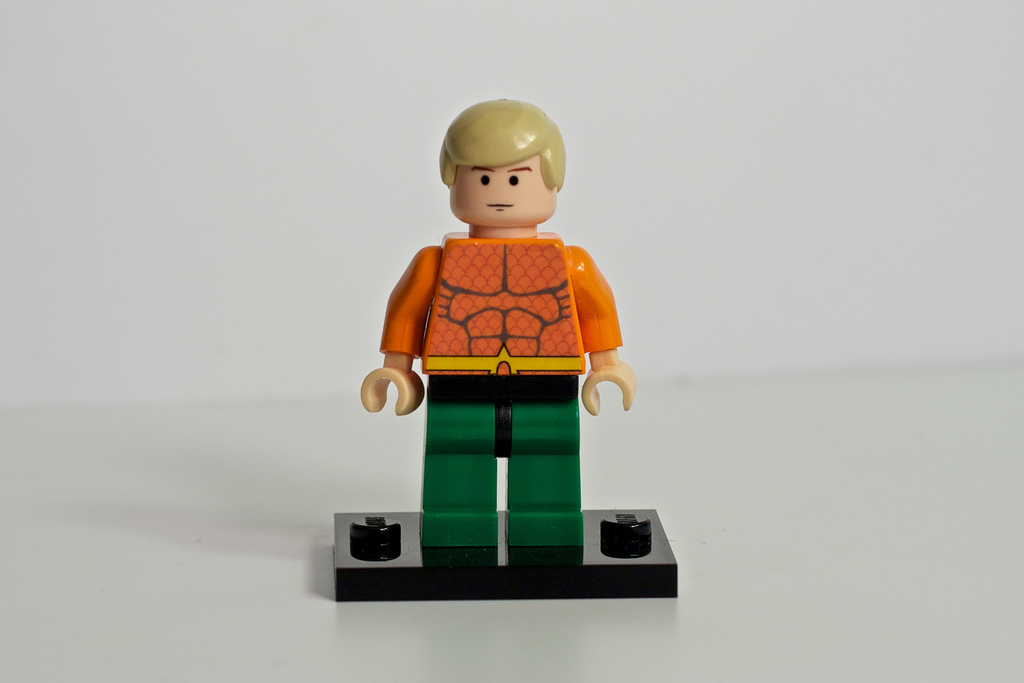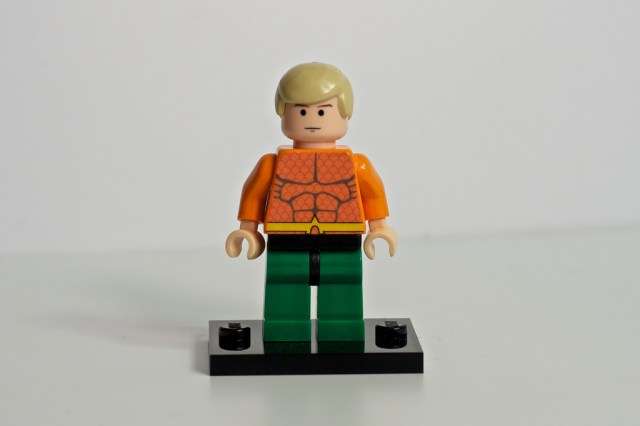Why Do LEGO Pieces Keep Washing Up on Cornish Beaches?
Come on, Aquaman. Put your toys away when you're done!


When an immense wave struck the container ship Tokio Express back in 1997 it caused 62 shipping containers to fall into the ocean. One of those containers held almost five million pieces of LEGO, and those pieces are still washing up on beaches in Cornwall 17 years later.
According to oceanographer Curtis Ebbesmeyer, that’s given the pieces enough time to travel 62,000 miles–that’s three times around the equator– so they could be anywhere… but they keep washing up in Cornwall. There’s even a Facebook group dedicated to the pieces washing up. Coincidentally, a lot of the LEGO that ended up on the ocean floor were aquatically themed things like octopi, flippers, pirates, and even ship rigging.
The phenomena provides an interesting look at how tides carry material around the oceans. Of course, there’s probably a better way to study that. The loss of cargo from the Tokio Express was due to extremely bad weather, something the shipping industry can’t at times avoid. Still, millions of pieces of plastic falling into the ocean is an ecological disaster that has profound impact on wildlife in the ocean. Let’s all try to be a little more careful with our toys.
(via The BBC, image via Julian Fong)
- LEGO is caught in a political struggle with Greenpeace and Shell Oil
- LEGO showed off their new female scientist minifigs
- Here’s “The Day of the Doctor” in LEGO stop-motion
Are you following The Mary Sue on Twitter, Facebook, Tumblr, Instagram, & Google +?
Have a tip we should know? [email protected]